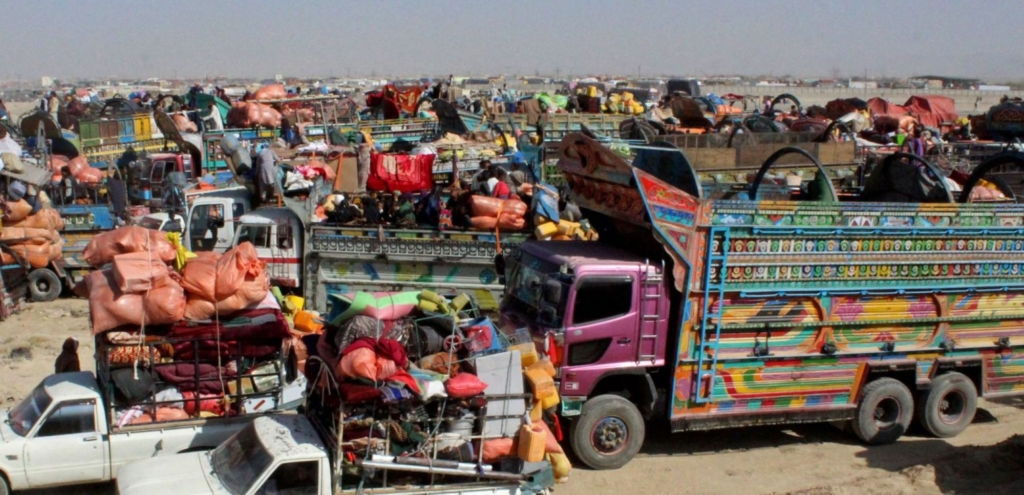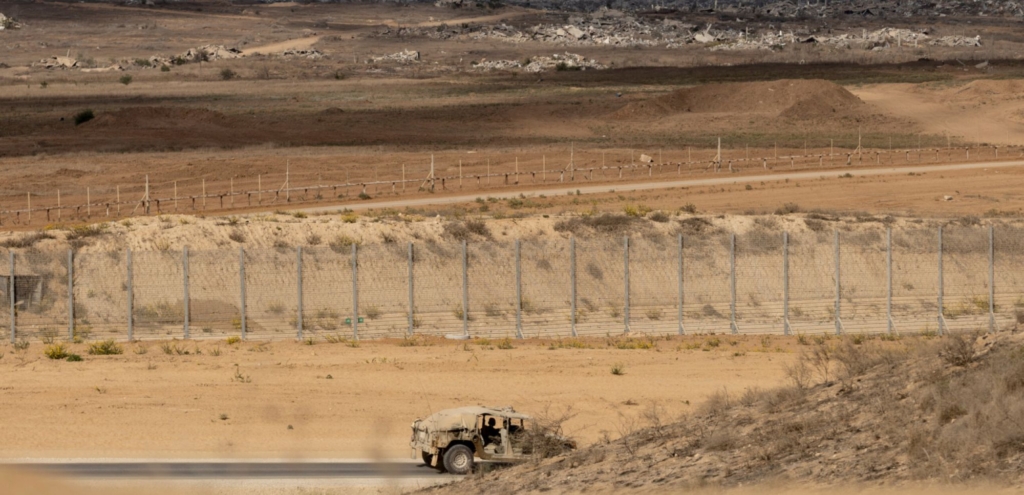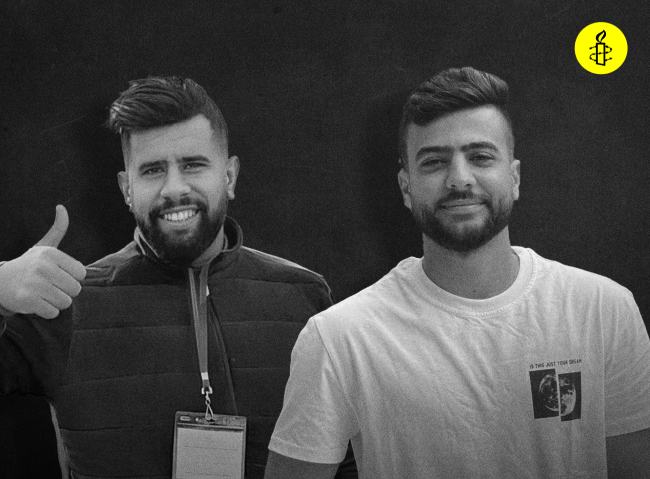“I’ve been working for the drug cartels and helped place a car bomb that killed two police officers,” said Rogelio Amaya, looking straight at the camera lens. He appeared shaken, his body bruised.
Within hours, a version of the video featuring Rogelio and four of his friends confessing to the crime plastered the TV screens of Ciudad Juárez, in northern Mexico along the border with the USA.
The town is one of the most violent in the country, infamous for brutal clashes among competing drug cartels and law-enforcement officers.
The local authorities congratulated themselves for having captured who they said were members of “La Línea”, a local drug cartel who had been terrorizing people in the area for years. They were also blamed for the recent explosion of a car bomb in downtown Juárez.
Drug dealers behind bars. Problem solved.
But a few years into the men’s prison term, the real story of how the video was made came to light – and exposed the shocking use of torture that pervades across Mexico.
Whisked away into a nightmare
Rogelio’s nightmare began on the evening of 10 August 2010.
He was chatting with some friends on the street when several police officers abruptly parked next to them and got out without uttering a word, pushed Rogelio to the ground, violently kicked him and shoved him and his friends into a van.
Once at the police station, Rogelio and his friends were locked into small rooms where the brutal interrogation began.
“Where do you work? Who do you work for?” the officers shouted as the beatings continued, barely leaving any time for him to respond.
They put a cloth on his face and waterboarded him, while screaming: “You are going to say you work for the drug dealers. Who is your boss? Your friends are already confessing and they are blaming you.”
Rogelio’s cries for help joined similar screams emanating from the other cells.
Over the following days, the five men were illegally taken to various police facilities, where the torture only escalated.
Rogelio was repeatedly told his pregnant wife and child would be killed if he didn’t admit to being part of the drug cartel. A plastic bag was placed over his head several times, in a simulated attempt to suffocate him. He was beaten and kicked so hard that, a year later, 30 marks and scars were still visible on his body.
“Kill me now! What do you want me to do?,” Rogelio cried.
Then the camera came in.
After Rogelio and his four friends “confessed” to being part of “La Línea”, they were taken to the local branch of the Federal Attorney General’s Office where they had to sign a written statement. A public defender who was present at the time told them there was nothing he could do.
Rogelio’s wife, Mayra, who had been looking for him for days, only learned about her husband’s detention when she saw his TV “confession”.
“I had been looking for him everywhere, in hospitals, in police stations, in bars. When I went to the prosecutor’s office to report his disappearance someone told me they were on the TV, being accused of many things I knew were not true,” said Mayra.
After 80 days in pre-trial detention, the men were finally brought before a judge where they retracted their confessions and reported having been tortured.
To no avail. They were charged with being part of a criminal gang and possessing arms and drugs and locked up in high-security federal prisons far away from home.
The charges against the five men were eventually dropped after forensic experts confirmed that the only shred of evidence against them, their confessions, had been extracted under torture.
Since the ground-breaking Convention against Torture entered into force 30 years ago, confessions extracted under torture are banned. The Convention was ratified by Mexico in 1986, and since 1991, a Federal Law has prohibited torture.
“I always said I had nothing to do with that car bomb, but they kept beating and torturing us. I then had to suffer three years and seven months in jail because of that. Three years and seven months far away from my family, feeling helpless, not being able to see my children growing up. It was very painful,” said Rogelio, now a free man.
Torture epidemic
Rogelio, who now lives in Ciudad Juárez with his wife and two small children, still struggles to overcome the torture he went through.
But his ordeal is far from unusual.
Torture in Mexico is like a virus of epidemic proportions.
Beatings, fake asphyxiation and sexual abuse are routinely used by the security forces to punish detainees or extract confessions. According to a poll commissioned by Amnesty International, 64 per cent of Mexicans are scared they might suffer it if they are taken into custody.
A report published by the organization also revealed a 600 per cent rise in the number of cases reported to the National Human Rights Commission, between 2003 and 2013. And this institution only detects a small fraction of all possible torture cases in the country.
Torture is so pervasive that anyone can be a target. But being poor or living in a marginalized neighbourhood may put you at higher risk as police officers and prosecutors tend to assume that you have fewer resources to defend yourself.
“Mexico’s police and soldiers are so desperate to find anyone to blame for the crimes committed by unscrupulous gangs that they seem not to think twice before arresting someone and getting a confession at any cost. There seem to be no limits,” said Erika Guevara Rosas, Americas Director at Amnesty International.
Most of those responsible for inflicting or authorizing torture never face justice: only seven torturers have ever been convicted in federal courts.
But while thousands try to cope with the consequences of torture, the Mexican authorities are turning a blind eye to this epidemic.
Gravely flawed investigations by prosecutors and human rights commissions routinely under-report or dismiss well-founded claims. On paper, Mexico has adhered to the highest international standards in relation to forensic examination of alleged torture victims for over a decade. In reality, forensic examinations tend to be poor, late, re-traumatizing and biased against the victim, as in Rogelio’s case.
But he was one of the lucky few who could contact independent forensic experts. Their expert report tore apart the case against him paving the way for his release without charge. So far, no one has been brought to justice for torturing Rogelio and he has not received any compensation.























